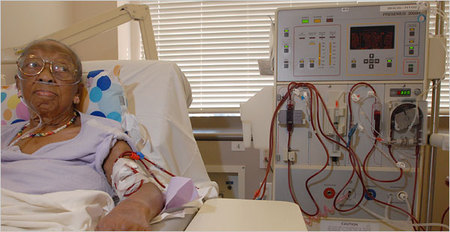 Source of graphic: online version of the NYT article quoted and cited below.
Source of graphic: online version of the NYT article quoted and cited below.
In the article excerpted below, the profit motive in medicine is painted as the villain of the piece. But the problem is not the profit motive. The problem is that government occupational licensing and regulation in medicine raises barriers to entry for low-cost competitors to enter, innovate, and compete.
(p. A1) Two of the world’s largest drug companies are paying hundreds of millions of dollars to doctors every year in return for giving their patients anemia medicines, which regulators now say may be unsafe at commonly used doses.
The payments are legal, but very few people outside of the doctors who receive them are aware of their size. Critics, including prominent cancer and kidney doctors, say the payments give physicians an incentive to prescribe the medicines at levels that might increase patients’ risks of heart attacks or strokes.
Industry analysts estimate that such payments — to cancer doctors and the other big users of the drugs, kidney dialysis centers — total hundreds of millions of dollars a year and are an important source of profit for doctors and the centers.
For the full story, see:
 Bernice Wilson’s kidney dialysis treatment includes the anti-anemia drug Epogen. Source of photo: online version of the NYT article quoted and cited above.
Bernice Wilson’s kidney dialysis treatment includes the anti-anemia drug Epogen. Source of photo: online version of the NYT article quoted and cited above.
